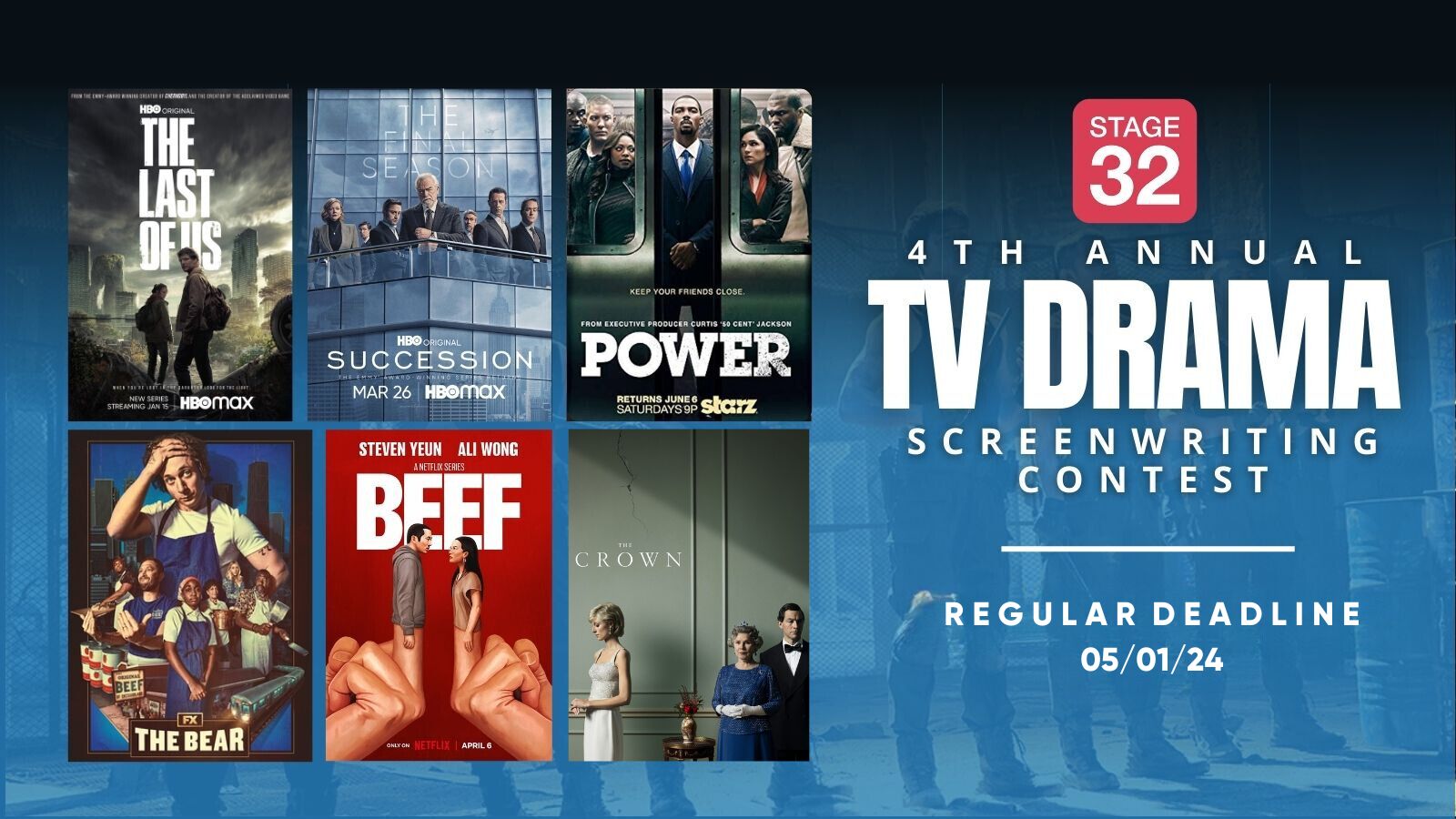I'm a new indie horror filmmaker and after doing my first horror short POC last year about a young lonely blind boy who is befriended by a sinister entity and unaware of this creature's true identity or motives, I started researching the accessibility of films to visually impaired audiences.
I came across Audio Description which can make or break a film for this community and found that the amount of films with Audio Description that is available to them is extremely slim, although it has made some advances in recent years. Even the films it is available on aren't always of the best quality because the "adding on" of AD is relegated to the distribution process with no input of style, tone or theme from the creatives...Directors, Producers etc... Which I thought was really interesting given that ultimately creatives are putting out their art to a fairly substantial portion of their audience which experience it badly or against the actual vision and experience of the film they want to portray to their audience.
I wanted to hear other people's thoughts or experiences on this?
Also if there are any others out there that "have" actually thought about AD and integrated it in any degree throughout their pre, production and post stages of filmmaking?



2 people like this
Cheers for your efforts and best wishes for the outcome. I have no direct experience so I speak with little knowledge. I've seen (listened to) some Audio Description used on tv, but I've not been overly impressed by what I've witnessed so far. I don't know the scale of the market but I'm confident that there is a market.
2 people like this
I did post work with a number of companies who did "closed captioning" and alternative language sound tracks - this seems, like those, to be properly part of the post production process, and often the distributor's issue. That brings up the question for any distributor or producer: does the market justify the cost? It is an interesting point though, and I would agree that there needs more creative control in post on this. As for during production, as a producer, I wonder what you are thinking would be different? It is rarely (ie. NEVER) cost effective to do alternative language versions of a film and those which have tried have notably failed on several levels. So if you can maybe outline what kinds of things you think can be done in production, maybe we could discuss more what that means.
3 people like this
Great to hear your thoughts Doug Nelson and Shadow Dragu-Mihai, Esq., Ipg Yes it seems most of the strides made in Audio Description for the blind has been in the TV, Commercials and News spaces. Netflix actually does a great a job and ensures every single one of its original series and films has AD and commended on the quality of most. From what I've researched, as of 2020, 237 million people worldwide have moderate to severe visual impairment (expected to rise to 587 million by 2050) and 38 million are completely blind (expected to rise to 115 million by 2050). In the USA alone there are 7.6 million blind and visually impaired people and in the UK it is 2 million.
I found this article that gives great information generally but also gives suggested ways depending on your project how you can integrate things like AD, subtitles and closed captioning etc throughout the filmmaking process, it's here if you'd like to read: https://www.researchgate.net/profile/Pablo_Romero-Fresco/publication/282...
One of the most interesting things I found in it was the thought of working on an AD script during the process to use the best descriptive words to the Directors vision and the Narrator having the right voice and style and nuances to portray the sound of how your vision is being told and portrayed. Even with subtitling or closed captions doing it in a more creative way regarding font, sizing at certain points etc...and maybe getting a different angle for that version where the text would interfere less with the image. The article also mentioned stats on Hollywood films and Award winning films that found on average 0.1% to 1% of the budget was spent on subtitling or dubbing for foreign markets yet around 60% of the revenue comes from those foreign markets and 80% of that portion comes from the subtitled or dubbed versions. Now imagine if a little more budget and creative effort was spent in these areas and particularly AD and you had a product for these audiences that did it better than most others and got the true vision of the film across to these audiences to.
1 person likes this
THE Jaye Adams. One of the hardest working creatives in show. Great advice in this thread, gents.
1 person likes this
Appreciate it RB! Really enjoyed these guys chiming in to such an interesting topic and hoping others will too!